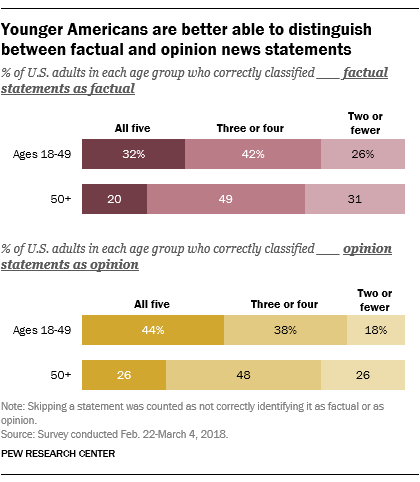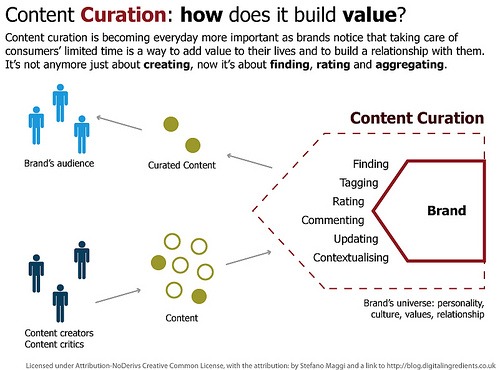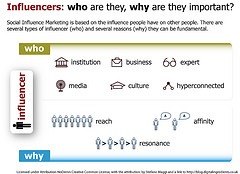According to a new analysis from the Pew Research Center, Americans ages 18–49 were more likely to accurately categorize factual statements as facts and opinion statements as opinions. You can test your own ability here, no matter your age. Read “What is Fake News” at https://guides.libraries.psu.edu/fakenews Fake News: Sources that intentionally fabricate information, disseminate deceptive […]
Younger generations are actually better at telling news from opinion than those over age 50
According to a new analysis from the Pew Research Center, Americans ages 18–49 were more likely to accurately categorize factual statements as facts and opinion statements as opinions. You can test your own ability here, no matter your age. Read “What is Fake News” at https://guides.libraries.psu.edu/fakenews Fake News: Sources that intentionally fabricate information, disseminate deceptive […]
Increase Content Creation Without Hiring More People
One of the biggest concerns facing companies when it comes to their content marketing is how to create enough content to be effective, especially when faced with limitations in people equipped to handle such tasks. Here are a few ideas to help you increase your production of quality content: Give your old content a new […]
What About Content and Influencer Marketing
Photo by stefanomaggi Inspired by the need to scale content marketing performance, a growing number of marketers are creating better quality content that gets: shared more often, reaches more prospects and grows their influencer network – all at the same time At the Content Marketing World conference, “TopRank Online Marketing” worked with the “Content Marketing Institute” […]
Quotes from Seth Godin on Marketing
It makes good business sense to market the way your customers wants to be marketed to. Those are our top 10 quotes from Seth Godin – See more at: http://socialmediaimpact.com/top-10-best-quotes-seth-godin-pr-marketing/#sthash.dkisKMa2.dpuf It makes good business sense to market the way your customers wants to be marketed to, here are 10 quotes from Seth Godin: 1: “Marketing […]



